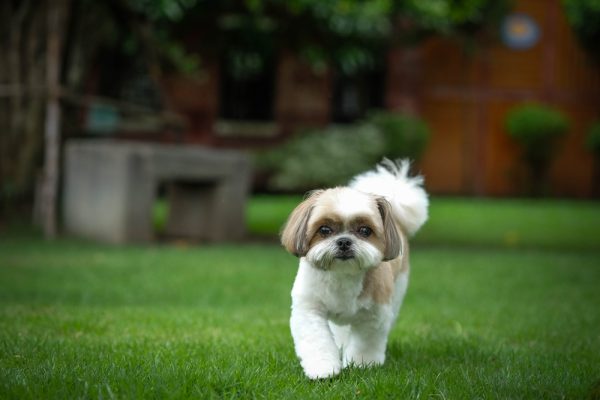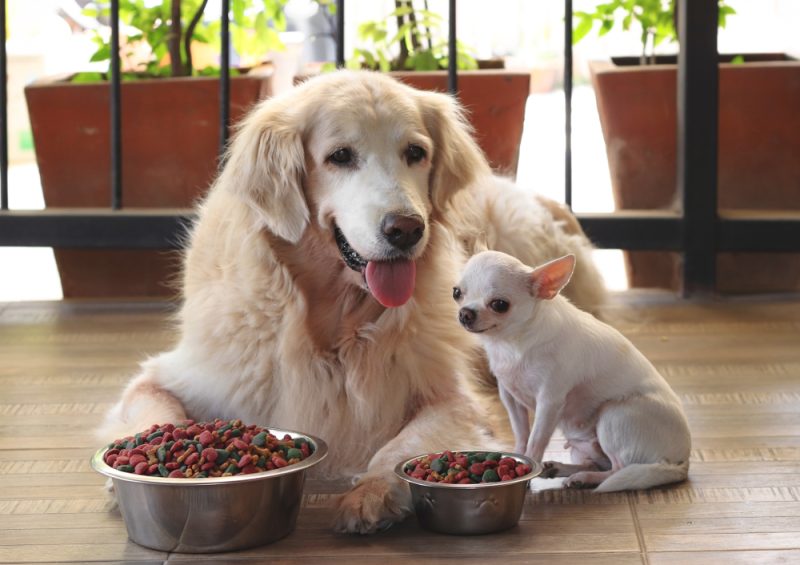Dogs are incredible animals, and their relationship with humans goes much further than just owner and companion. They have been used by police and the armed forces in a variety of roles, from sniffer dogs detecting drugs and explosives and search-and-rescue dogs that can find humans buried under rubble after disasters to guard dogs and close-protection dogs.
These roles are nothing new either, with breeds like the St. Bernard having been intentionally bred to assist in the rescue of lost travelers. A canine’s incredible sense of smell, which is said to be 100,000 times better than that of people, is why scent work is common among the roles that dogs are employed for. Canines are also used to detect oncoming seizures or panic attacks in their handlers, and they may even be able to detect cancers and other diseases.
When trained, dogs can smell sickness in people, though they detect it only as a change in the person’s scent or a specific scent; they don’t necessarily recognize it as sickness.

Olfactory Senses
Scent receptors are tiny cells that form pores or channels. When a scent is detected, one or more of these cells is activated, triggering a response in the brain. Humans have around 5 million scent receptors, and while that sounds impressive, it is nothing compared to the more than 200 million receptors that canines have. This means that dogs have a much more precise sense of smell compared to humans and a lot of other animals. They are also able to detect minute traces of scents, equivalent to a single part in several trillion, so they can detect unbelievably faint smells.
This combination also means that dogs are capable of detecting very small changes in scents as soon as they occur. This is important because it enables dogs to be able to pick up on hormone changes by smelling a change in the organic chemical compounds of body odors, which can prove especially beneficial in detecting impending seizures or even panic attacks.
But this isn’t the only way that dogs can detect sickness. Dogs have been used to sniff out various cancers, including breast and prostate cancers, in patients. One study showed that trained medical dogs were able to accurately choose blood samples from lung cancer patients in 97% of cases.1 Other tests showed that trained dogs were able to pick up on lung and breast cancer in the breath of patients with 99% and 88% accuracy.2

Medical Alert Dogs
Their incredible olfactory senses have led to the use of dogs in medical settings. They can smell hormone changes and other scent changes that are present in diabetics and epilepsy sufferers, warning the person that they need to take insulin or get to a safe environment. They can even smell narcolepsy, which is a disease where sufferers fall asleep with no prior warning and can lead to potentially very dangerous situations.
Of course, sensing the smell is also only part of the role these dogs play. They can be trained to lead their owner to a safe place, fetch an insulin pouch, or even call emergency services if needed.

The 5 Dog Breeds with the Best Sense of Smell
While all dogs have excellent senses of smell, there are some that stand out even amongst dogs. While they won’t necessarily make the best medical alert dogs, the following five breeds are believed to have the best sense of smell.
1. Bloodhound
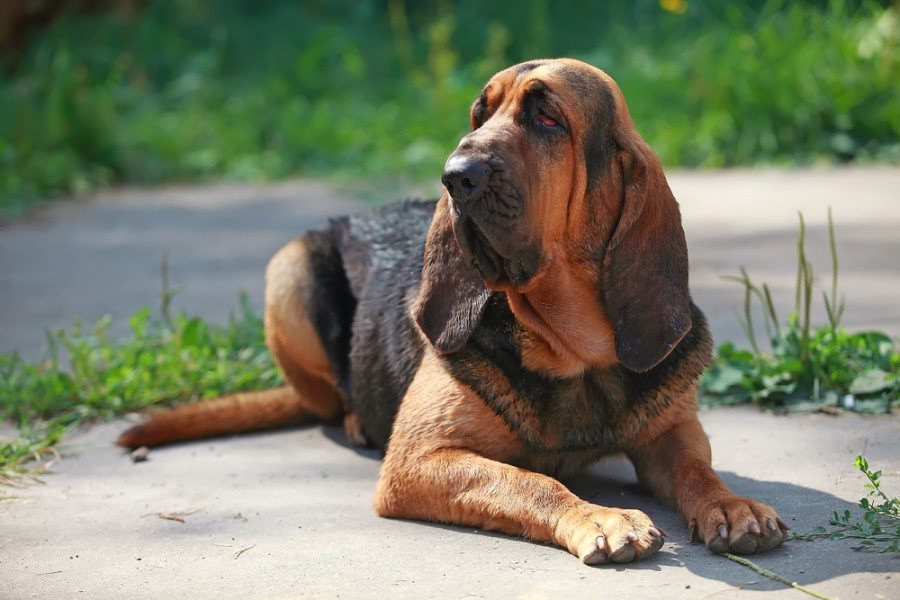
It is not surprising to learn that the Bloodhound is the breed that has the best sense of smell. This breed is used by police and search and rescue teams to track people down across a variety of terrains and in a host of different situations. As well as having a staggering 300 million scent receptors, Bloodhounds are highly targeted and when they catch a scent, it can be very difficult to draw their attention away from their quarry. Their long head, open nostrils, and even their long ears all help pick up and target scents.
2. Basset Hound

The Basset Hound is very similar to the Bloodhound. In fact, it looks like a shorter version. While the Bloodhound can air scent, or track scents in the air, the Basset Hound’s low form means it is better equipped to track scents on the ground. Their long ears even agitate the ground and the air near the ground, pushing scents upwards and into their nostrils.
3. Beagle
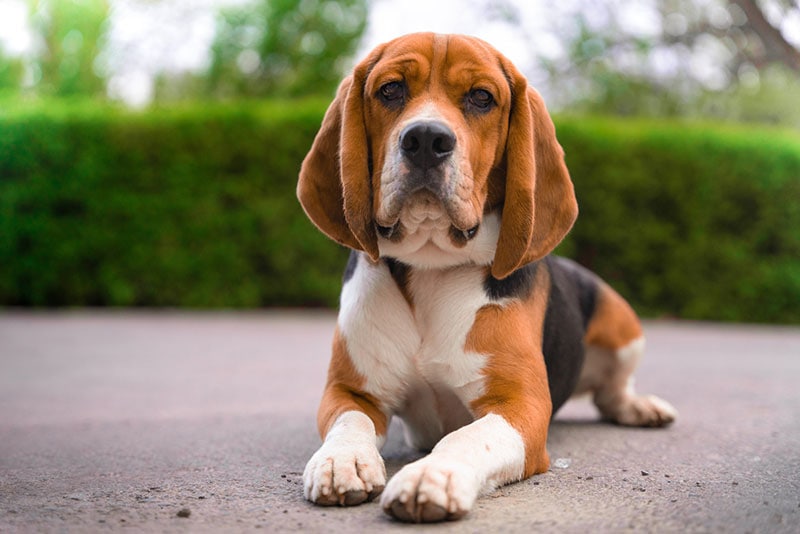
The Beagle is another breed that is similar in looks and skills to the Bloodhound and Basset Hound. They have traditionally been used as hunting dogs because they are quick and agile as well as capable of picking up scents in the air and on the ground. They are so highly skilled that they are commonly used to detect contraband by border patrols and other agencies.
4. German Shepherd
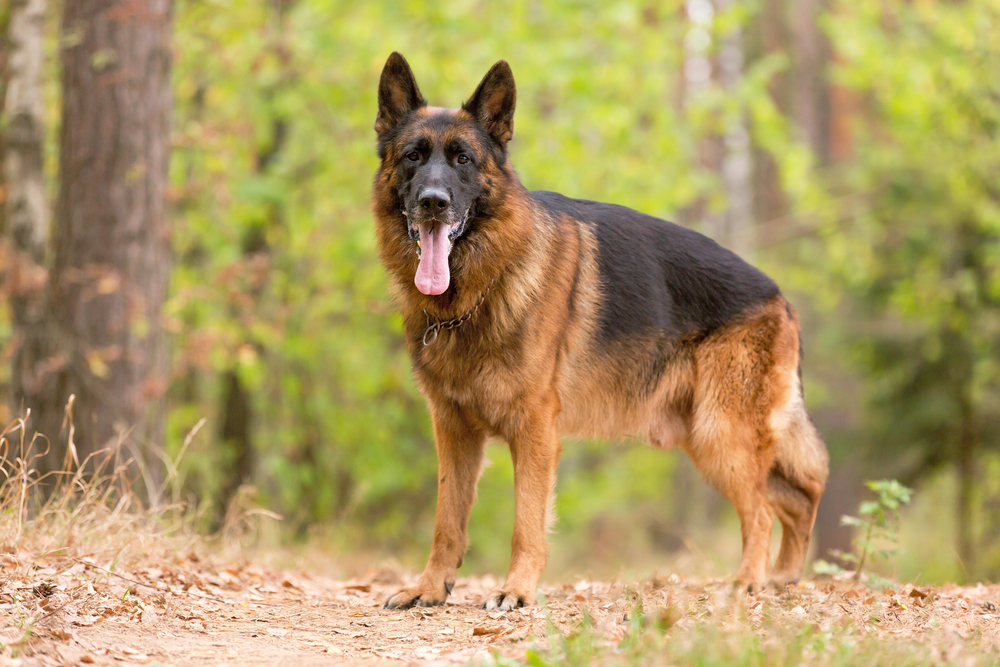
The German Shepherd was bred as a herding dog, but it has found utility in a wide range of roles. It has been used as an attack dog and guard dog, as well as in search and rescue efforts. The German Shepherd is especially good at air scenting, which means you will often see it sniffing the air and looking into the distance to find the source of the smell it has picked up.
5. Labrador Retriever

The Labrador Retriever is one of the most popular companion breeds in the world and it is heavily utilized as a service dog breed, being used in search and rescue, as a therapy dog, guide dog, and as a medical service dog. Although its sense of smell isn’t as strong as the breeds above, it is highly capable in other areas, easy to train, and it forms a close bond with its handlers—a combination that makes it such an indispensable breed.

Conclusion
Dogs perform many roles for their human handlers and owners. As well as being excellent companions, they have been used in a variety of roles from herding livestock to working as medical aid dogs. Their sense of smell is so acute that dogs can detect minute changes in hormone levels, and tests have shown that trained dogs can detect various cancers and other diseases with very high rates of accuracy.
Featured Image Credit: Your Hand Please, Shutterstock











